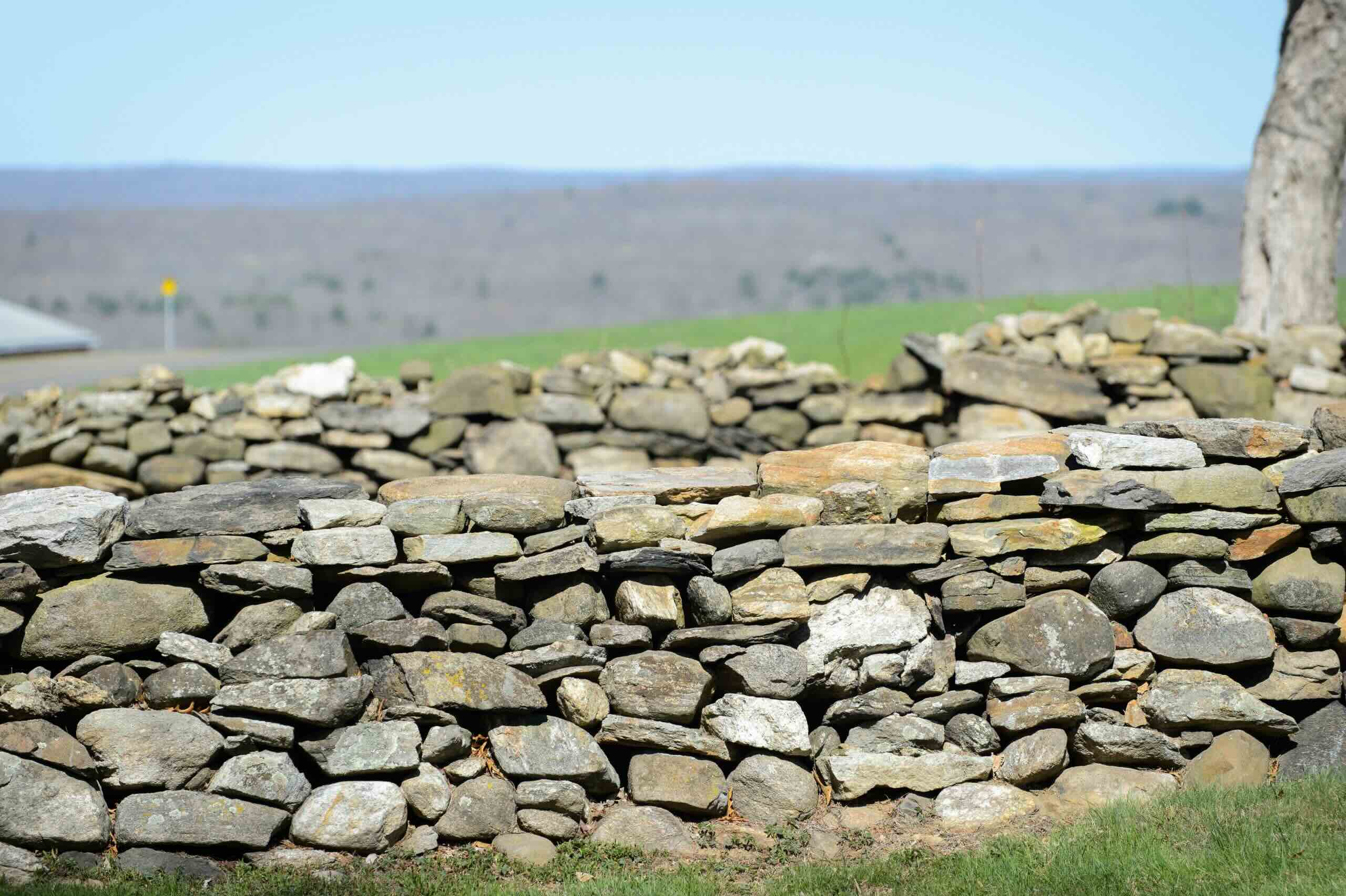Hidden Indigenous Stone Structures Of New England

Have you ever wondered about the hidden Indigenous stone structures of New England? These mysterious formations, scattered across the landscape, hold secrets of ancient cultures. Some believe they were built for ceremonial purposes, while others think they served as markers or even calendars. Unlike the well-known stone circles of Europe, these structures remain largely unknown to the public. Exploring these sites can feel like stepping back in time, connecting with the land's original inhabitants. Whether you're a history buff or just curious, learning about these stone structures offers a unique glimpse into the past. Ready to uncover their mysteries?
Hidden Indigenous Stone Structures of New England
New England, known for its picturesque landscapes and rich history, holds secrets that many overlook. Among these secrets are ancient stone structures built by Indigenous peoples. These structures, often hidden in plain sight, offer a glimpse into the past and the ingenuity of the region's original inhabitants.
Mysterious Stone Chambers
Scattered across New England, stone chambers have puzzled historians and archaeologists alike. These chambers, often resembling small stone huts, are believed to have served various purposes, from ceremonial sites to storage spaces.
Gungywamp, Connecticut: This site features stone chambers, petroglyphs, and mysterious stone circles. The purpose of these structures remains debated, but many believe they hold ceremonial significance.
Upton Chamber, Massachusetts: One of the largest and most well-preserved stone chambers in New England. Its construction and purpose remain a mystery, though some suggest it may have been used for astronomical observations.
Mystery Hill, New Hampshire: Also known as "America's Stonehenge," this site includes a complex of stone chambers, walls, and standing stones. The exact origins and purpose of these structures are still debated.
Enigmatic Stone Piles
Stone piles, or cairns, are another common feature in New England's landscape. These piles, often found in clusters, are believed to have been used for various purposes, including marking trails, burial sites, or ceremonial purposes.
Burnt Hill, Massachusetts: This site features numerous stone piles arranged in patterns. Some researchers believe they were used for ceremonial purposes, while others suggest they may have been used for agricultural purposes.
Paddy's Hill, Vermont: Known for its large stone cairns, this site has sparked much debate among archaeologists. Some believe the cairns were used for burial purposes, while others think they may have been used to mark significant locations.
The Heath Cairns, Massachusetts: A collection of stone piles that some believe were used for ceremonial purposes. The exact purpose of these cairns remains a mystery, but their presence suggests a significant cultural importance.
Intriguing Stone Walls
New England's landscape is dotted with stone walls, many of which are believed to have been built by Indigenous peoples. These walls, often found in remote areas, may have served various purposes, from marking territory to ceremonial uses.
The Manitou Hassannash Preserve, Rhode Island: This site features extensive stone walls and other stone structures. The walls are believed to have been built by Indigenous peoples for ceremonial purposes.
The Pratt Rock, New York: Although not in New England, this site is close enough to be of interest. It features stone walls and carvings that some believe were created by Indigenous peoples.
The Westford Knight, Massachusetts: This site features a stone carving that some believe depicts a medieval knight. However, others suggest it may have been created by Indigenous peoples and later altered by European settlers.
Fascinating Stone Circles
Stone circles, often associated with European megalithic sites, can also be found in New England. These circles, made of carefully placed stones, are believed to have been used for ceremonial or astronomical purposes.
The Calendar II Site, Vermont: This site features a stone circle that some believe was used for astronomical observations. The exact purpose of the circle remains debated, but its construction suggests a significant cultural importance.
The Goshen Stone Circle, Massachusetts: A lesser-known site that features a stone circle believed to have been used for ceremonial purposes. The exact origins and purpose of the circle remain a mystery.
The Hopkinton Stone Circle, Rhode Island: This site features a stone circle that some believe was used for ceremonial or astronomical purposes. The exact purpose of the circle remains debated, but its presence suggests a significant cultural importance.
Discovering History in New England
Exploring the hidden Indigenous stone structures of New England offers a unique glimpse into the region's rich past. These ancient formations tell stories of the Native American tribes who once thrived here, showcasing their ingenuity and deep connection to the land. Visiting these sites not only provides a fascinating historical perspective but also fosters a greater appreciation for the cultural heritage that shaped New England.
Whether you're a history buff, nature lover, or simply curious, these stone structures are worth the visit. They remind us of the importance of preserving and respecting the legacies left behind by Indigenous peoples. Next time you find yourself in New England, take a moment to seek out these remarkable sites. You'll walk away with a deeper understanding of the area's history and a newfound respect for its original inhabitants.

